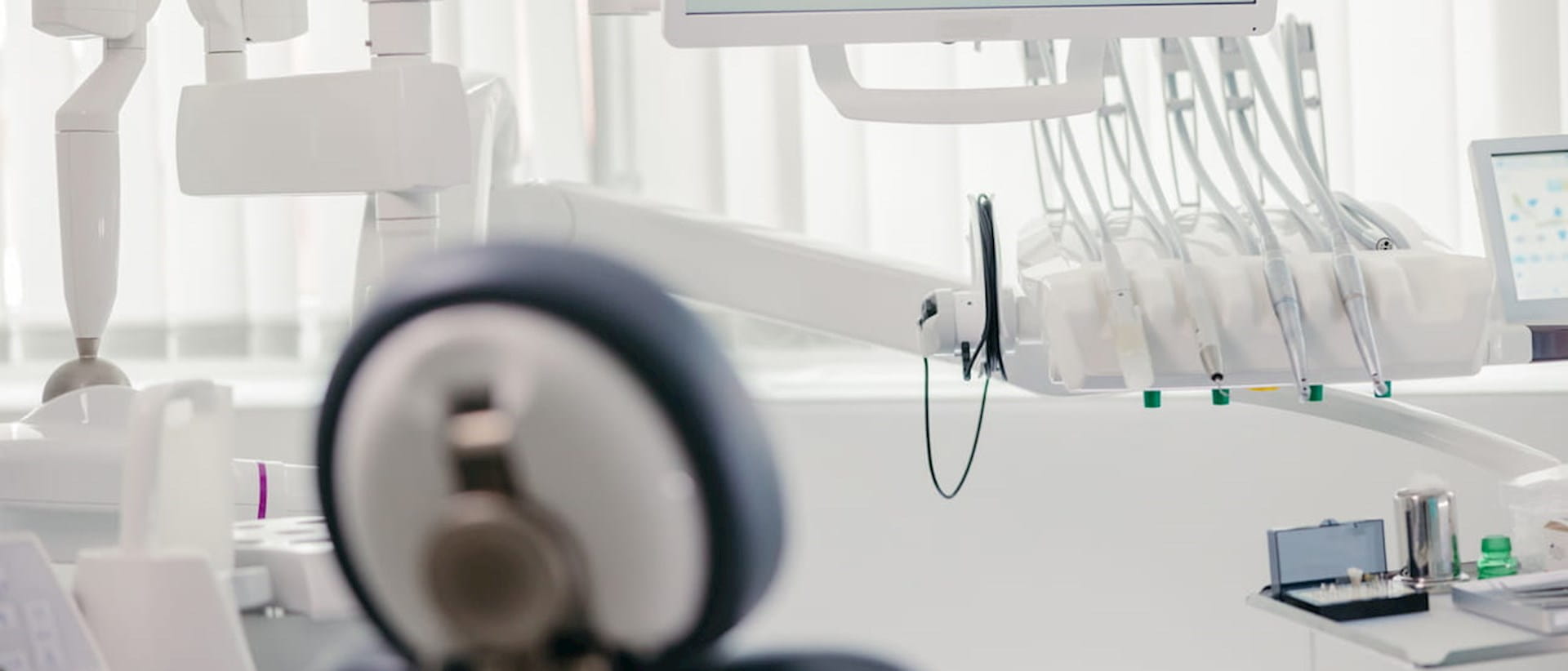BACKGROUND
A 48-year-old with stage 2 periodontitis – Mr K – attends his dental surgery complaining of pain in a lower front tooth with an existing post and crown. A radiograph reveals periapical radiolucency at LL2 and the treating dentist refers Mr K to an endodontist – Dr G – for crown and post removal and root canal re-treatment.
A week later Mr K attends the specialist dental clinic and the crown and post are removed under local anaesthetic, but following the procedure Dr G notes a vertical fracture in the remaining root. She informs Mr K and with his consent removes the root. The gap is restored with a direct bonded bridge.
Mr K is provided advice on after care and he returns for a review appointment a week later at which Dr G notes that the tooth socket is healing well.
A few months later Dr G receives a letter of complaint from Mr K. In a visit to his regular dentist to fit an upper denture and discuss a potential implant at LL2 he complained that LL1 felt loose. A periapical radiograph revealed substantial loss of supporting bone in both the distal and medial aspects.
Mr K has now attended a separate prosthodontic centre and discussed treatment options. In his complaint letter Mr K demands that Dr G refund his treatment costs and cover additional payments for further “remedial care”.
Dr G contacts MDDUS for advice on how to respond to the complaint.
ANALYSIS/OUTCOME
An MDDUS dental adviser reviews the patient records and assists Dr G in drafting a letter of response.
The letter first expresses regret that Mr K is unhappy with his dental treatment. Dr G states that she takes patient complaints extremely seriously and thanks Mr K for bringing the matter to her attention and allowing her the opportunity to respond.
Dr G then sets out how she has investigated the matter, including a careful review of the dental records, radiographs and all relevant correspondence with other dental professionals involved in Mr K’s care. She then provides a chronology of the treatment provided at LL2 and her involvement.
She states that in her opinion the “mobility” arising at LL1 is due to bone loss, particularly on the distal surface of the tooth away from the midline – and not a result of excessive pressure applied to this tooth upon removal of the post/crown at LL2, nor extraction of the fracture root.
Thus the demand that she refund the cost and cover future treatment costs would be inappropriate.
Dr G further states that should Mr K wish to discuss the matter further he can contact the surgery for an appointment. She also acknowledges that he may be dissatisfied with this response and can refer his concerns to the ombudsman. Contact details are provided.
No further response is received by Mr K and the matter is considered closed.
KEY POINTS
- Provide an acknowledgement and express regret that the complainant is unhappy with their care.
- Outline a summary/chronology of the complainant’s concerns – this can be particularly helpful if the complaint is complicated or multi-faceted.
- Describe how the complaint has been investigated
- Remind the complainant that they are entitled to raise their concerns with the ombudsman and signpost how the complainant can contact them.
This page was correct at the time of publication. Any guidance is intended as general guidance for members only. If you are a member and need specific advice relating to your own circumstances, please contact one of our advisers.
Save this article
Save this article to a list of favourite articles which members can access in their account.
Save to library
